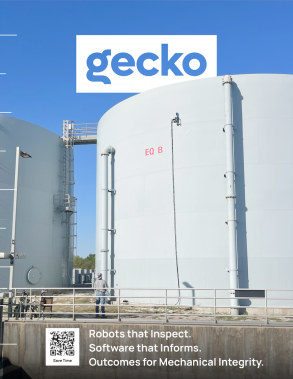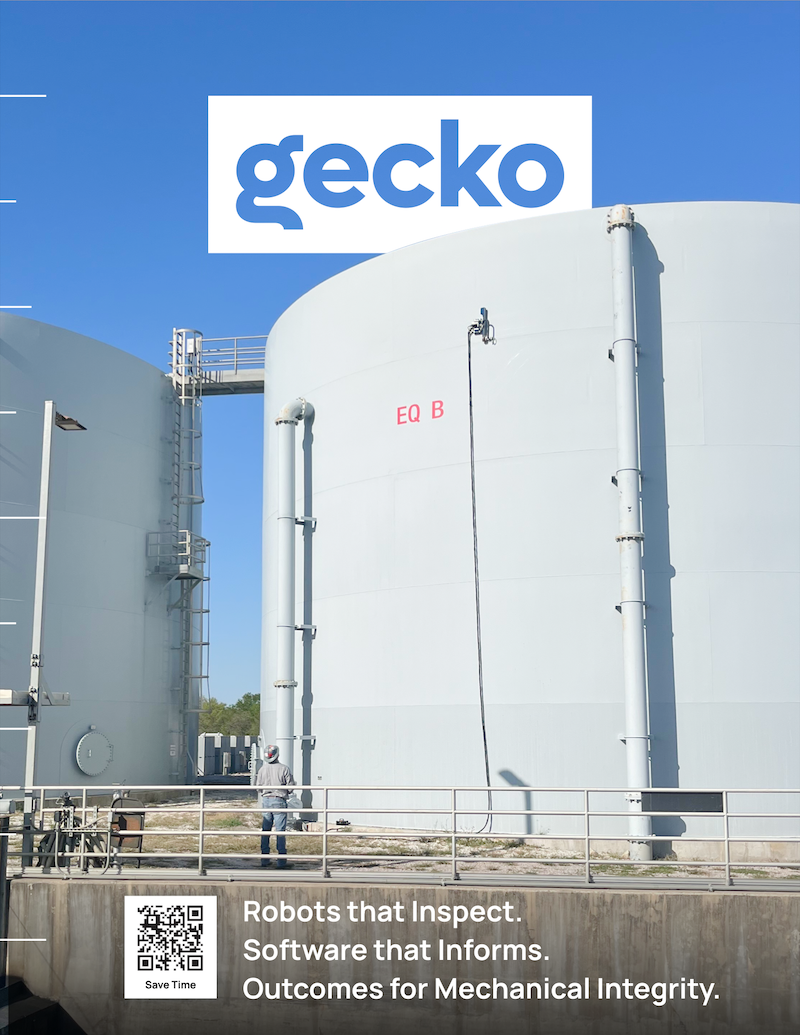| This article is part 1 of a 3-part series on Metallurgical Embrittlement. |
| Part 1 | Parts 2 & 3 (Coming Soon) |
Editor’s Note: This regular column offers practical insights into various damage mechanisms affecting equipment in the O&G, petrochemical, chemical, power generation, and related industries. Readers are encouraged to send us suggestions for future topics, comments on the current article, and raise issues of concern. All submissions will be reviewed and used to pick topics and guide the direction of this column. We will treat all submissions as strictly confidential. Only Inspectioneering and the author will know the names and identities of those who submit. Please send your inputs to the author at damagecontrol@inspectioneering.com.
Introduction
There are varying forms of metallurgical embrittlement that can degrade the material properties and specifically, the load-carrying capacity of pressure retaining components. In general, these embrittlement mechanisms are a function of equipment metallurgy/steel chemistry, heat treatment, and process conditions, including chemical constituents, internal pressure (stress), and temperature. The following metallurgical embrittlement damage mechanisms are discussed in this installment of Damage Control:
- Hydrogen Embrittlement
- Temper Embrittlement
- Liquid Metal Embrittlement
- 885°F (475°C) Embrittlement
- Sigma Phase Embrittlement
While it is not typically practical to detect these forms of embrittlement without some level of understanding of material properties (e.g., original material test reports or other types of destructive mechanical testing), common steel characteristics and operating environments can offer valuable insight into the propensity for in-service material property degradation, such as loss of fracture toughness. To this end, with proper discernment of the fundamental damage mechanism, it is possible to successfully manage the risk associated with metallurgical embrittlement through pragmatic design practices, strategic inspection plans, and carefully crafted operating and maintenance procedures. This three-part Damage Control series will investigate basic principles of embrittlement in pressure equipment steels, related engineering assessment methods, and practical damage mitigation approaches. Specifically, this article will offer an overview of the above types of in-service metallurgical embrittlement, including commentary on susceptible materials, common service environments, critical process units prone to damage, and other operating conditions that can accelerate embrittlement and increase the risk of premature cracking and fracture failures.
The following summaries are intended to offer a high-level overview of the different types of metallurgical embrittlement and associated damage morphologies that can afflict pressure equipment in the oil and gas and related industries. Furthermore, critical factors that increase the risk for embrittlement are delineated below. The first step in managing the risk associated with equipment failure is to identify all relevant damage mechanisms. In the case of material embrittlement, or loss of ductility/fracture toughness, observable damage may not be readily apparent; that is, noticeable deformation or even extensive cracking may not be visible until embrittlement reaches advanced stages. This makes managing embrittlement complex from a risk management perspective because damage can occur over long periods of time in service, yet most non-destructive evaluation (NDE) methods, and even metallography, may not be capable of meaningfully identifying the overall severity of damage until cracks initiate or propagate.
Hydrogen Embrittlement
Hydrogen embrittlement is characterized by a loss of ductility (fracture toughness) in high strength steels due to the diffusion/permeation of atomic hydrogen which can lead to cracking and potentially brittle fracture failure. It is worth noting that hydrogen embrittlement can occur during manufacturing, welding, or from service conditions that can charge hydrogen into the steel in an aqueous, corrosive, or a gaseous environment [1,2]. The amount of trapped hydrogen in steel depends on the process environment, surface reactions, and the presence of potential hydrogen trap locations in the metal such as imperfections, inclusions, and pre-existing defects or crack-like flaws. Hydrogen embrittlement is considered to be reversible as long as cracking has not occurred. To this end, diffused hydrogen can be baked out of most steels at a temperature of 400°F (205°C) or higher, but more typically around 600°F (315°C) [1,2].
It is believed that the phenomenon of hydrogen embrittlement was first formally documented in an 1873 paper produced by W.H. Johnson [3-6], although in the 1860s, Cailletet noted that blisters formed in steel during pickling procedures in dilute sulfuric acid due to the accumulation of hydrogen in subsurface impurities [7]. Subsequent analysis of the 1873 Johnson paper by engineering scholars [8] indicated that many of the modern observations and characteristics associated with hydrogen embrittlement and related cracking were originally discussed in that consequential paper. Significant contributions to industry’s collective understanding of hydrogen embrittlement and associated cracking mechanisms were driven by Troiano in the 1950s and 1960s, where some of the earliest testing programs to better understand hydrogen assisted cracking were undertaken [9]. Furthermore, Troiano was able to fundamentally and systematically explain the phenomenon of delayed hydrogen cracking based on theory and testing, whereas earlier published works (going back as far as the 1920s) only described delayed cracking from a cursory level [10]. Earlier laboratory observations and attempted correlations of delayed hydrogen cracking were not able to clearly articulate or explain this confounding manifestation of damage. Additionally, prior to the 1950s, most hydrogen embrittlement investigations employed rising load tensile or bend tests of smoothly contoured specimens. This approach provided some useful information, but it did not render an adequate framework to quantify material fracture properties of hydrogen-related failures because delayed hydrogen cracking failures often occur under circumstances where tensile or bend tests would show little-to-no evidence of ductility loss [11,12].



















Comments and Discussion
There are no comments yet.
Add a Comment
Please log in or register to participate in comments and discussions.